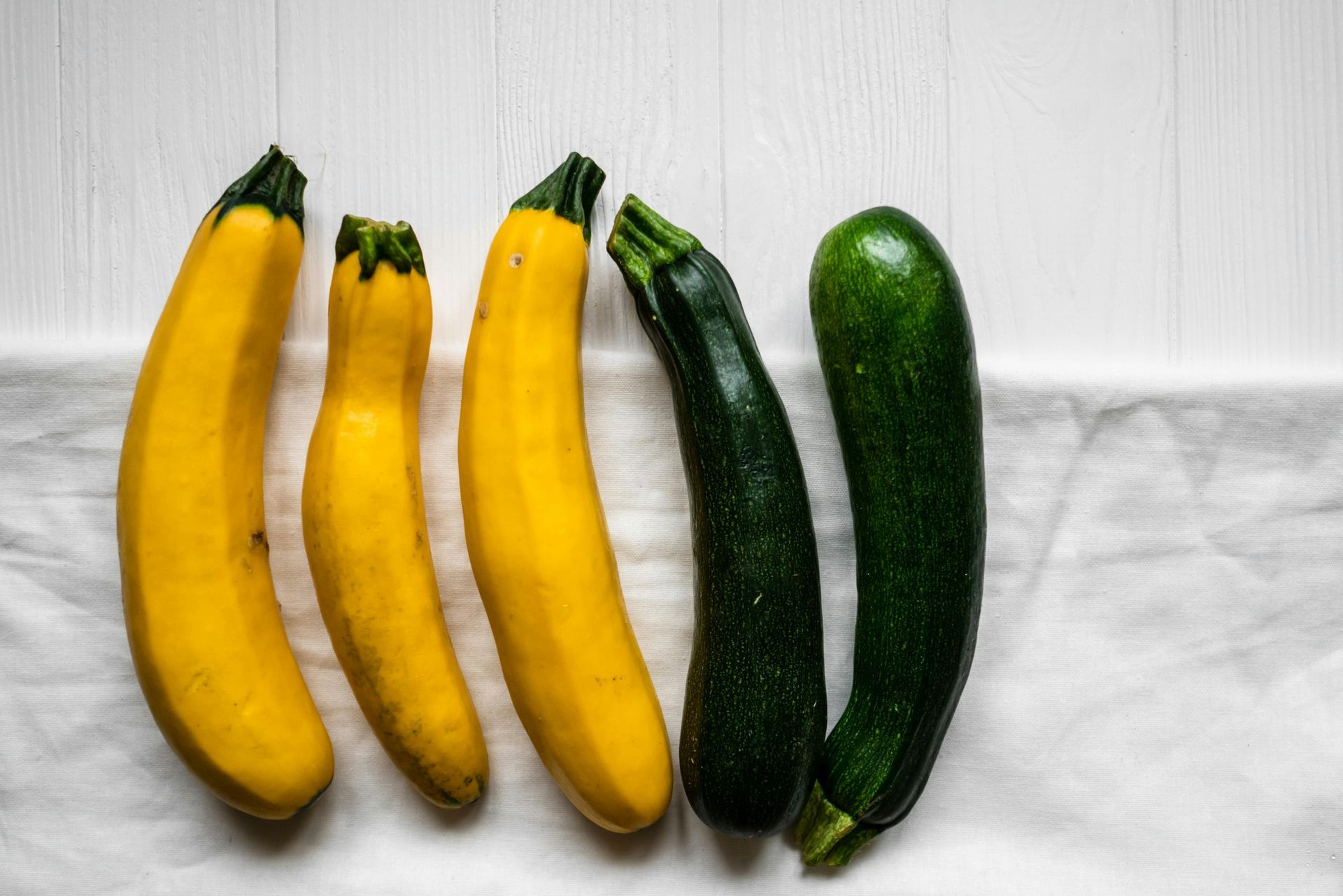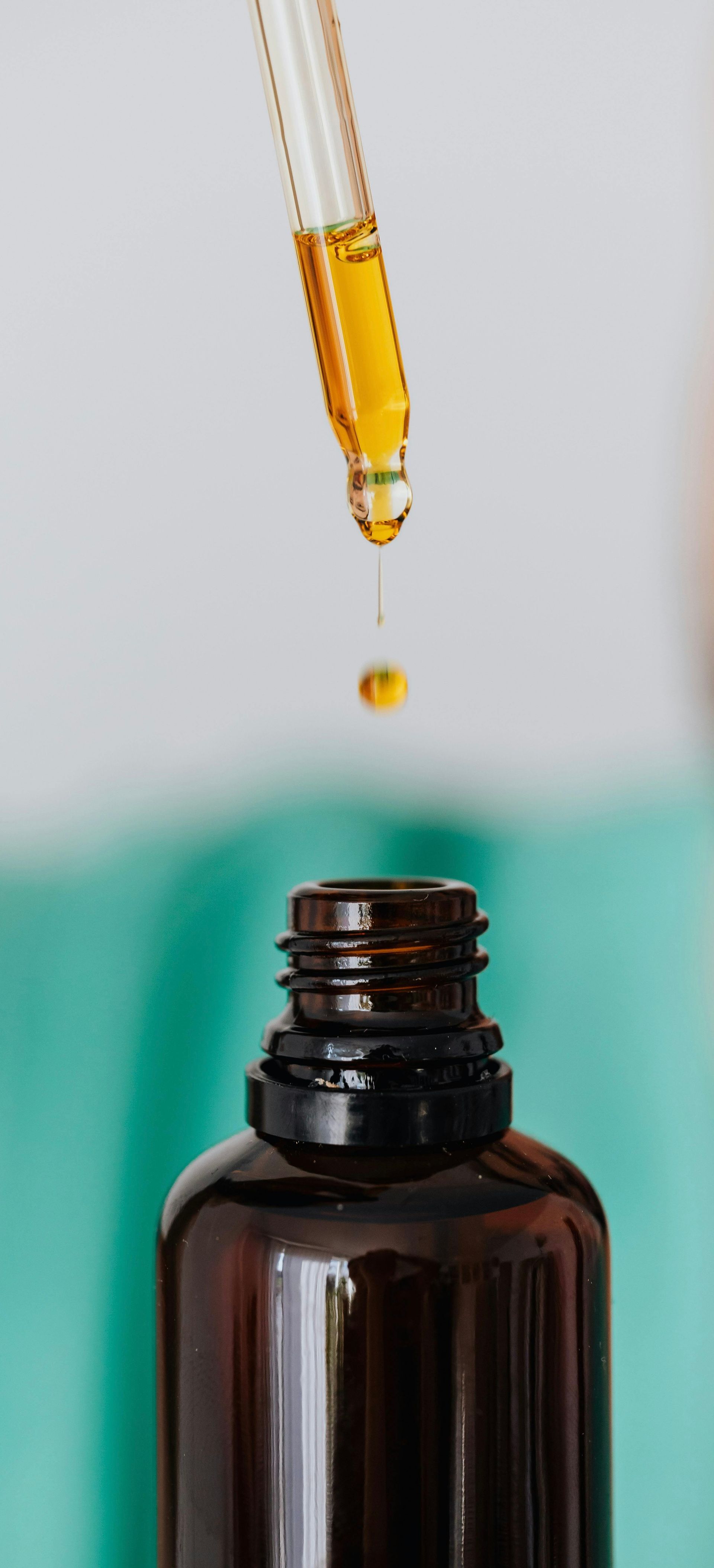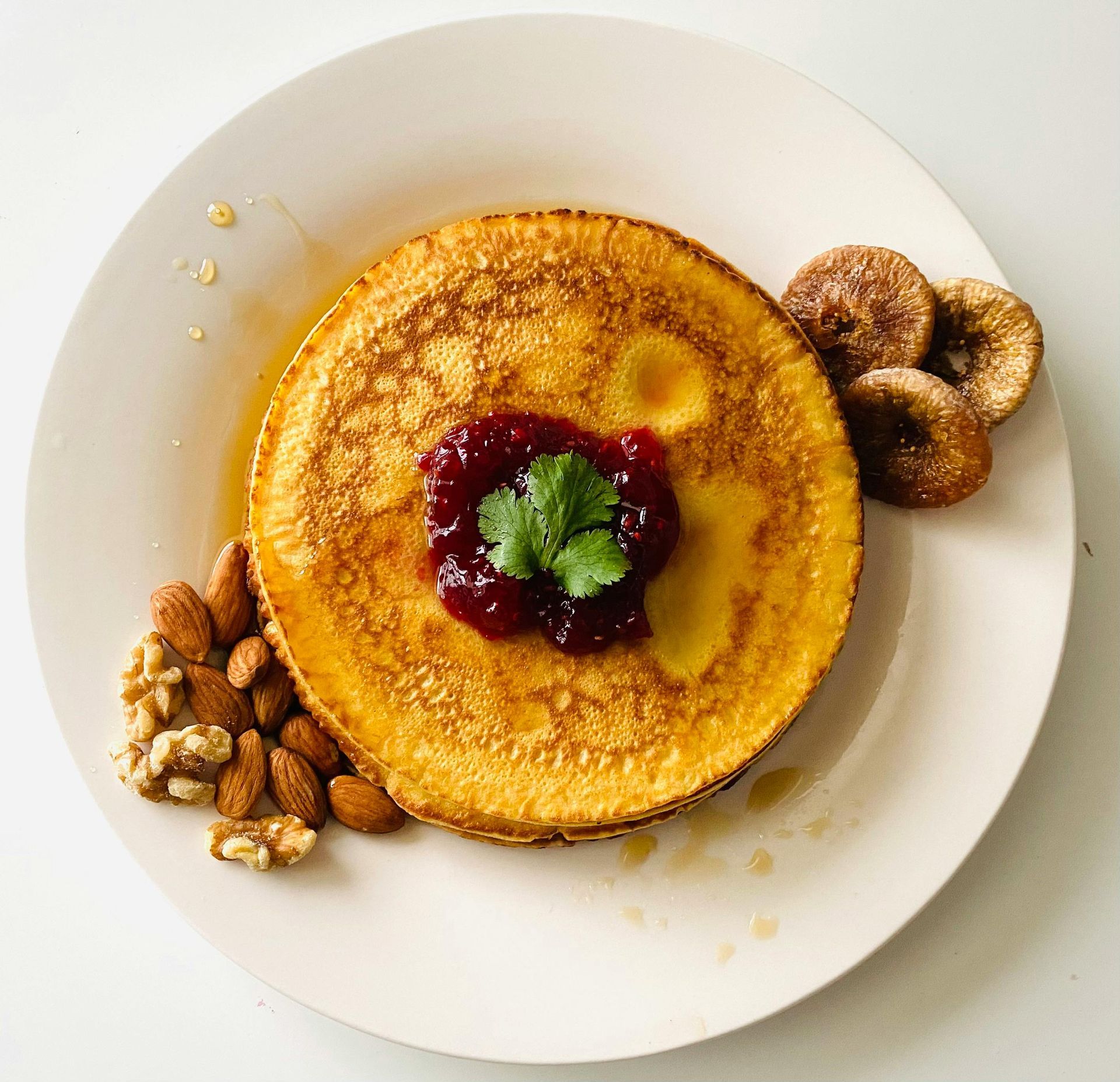Fermented Oats & Blueberry Muffin Recipe
Tea Time with Jo | Fermented Oats & Blueberry Muffins
Most folks see the word “recipe” and want to jump right in, so I’m placing the recipe first and all the details about why you should ferment your oats afterwards. Without further adieu, here’s how to make the muffins:
Ingredients:
2 cups of Organic Rolled Oats (must be rolled oats)
2 Tbsp of Apple Cider Vinegar
3 cups of Filtered Water (alternatively, boiled water that has been allowed to cool)
—————————
1 egg
1/2 cup-3/4 cup of Blueberries (fresh or frozen)
1/3 cup of Maple Syrup or Honey
2 Tbsp of melted Grass Fed Butter or Ghee
1 Tbsp of Chia Seeds (optional)
1 Tbsp of Vanilla Extract
1 Tsp of Baking Powder
1 Tsp of Cinnamon
1/4 Tsp of Salt
Step 1: Ferment the Oats
Take the oats and crush them with your hands to release the starches. You do this by gathering the oats in your hands while you are making a fist. You can also crush them by rubbing the oats in between the palms of your hands or in a mortar pestle. I found both of those options to make a bigger mess and be more laborious, but you do you!
Once you get about 25%-50% of them crushed, add the Apple Cider Vinegar and enough filtered water to cover the oats by about an inch. Make sure that you stir everything together to get rid of the air bubbles and distribute the ACV in the solution.
Cover with a coffee filter/cheesecloth/tea towel and leave in a dark, cool place to ferment for 8-12 hours. I like to store them in a cold oven or the microwave.
Step 2:
-Preheat oven to 375ºF.
-Strain and rinse your oats.
-Add all other ingredients to your oats and mix well to combine.
-Divide mixture among a 12 count cupcake tray or pour into an 8x8 for more of a “oatmeal casserole”.
-Bake for 25-30min
-Allow to cool and eat immediately, store in the fridge for up to 5 days or store in the freezer for up to 3 months.
*Substitutions: Other types of oats will not work for this particular recipe, stick to the rolled oats. Avocado oil may be used in place of butter or ghee. I have not made this recipe with any other type of seed except chia. You can choose to leave them out if you don’t like them. I can see this recipe working well with flax seeds though I haven’t tried it yet. Just make sure they are whole and not ground. You can make this recipe without blueberries or substitute for whatever berries you’d like.
*Notes: If you find yourself not having time to bake this recipe after the oats have fermented, place the oats (with the water and ACV) in the fridge to slow down further fermentation. Though longer fermentation isn’t a bad thing, it does increase the sourdough-type flavor of the oats.
Crushing the oats, as is recommended above, helps to release starches that feed the wild yeast (which is beneficial) that ferments the oats. Since the beneficial yeast are consuming the starches, it helps to reduce the glycemic index of said oats (in theory, I don’t really have any evidence to back up this claim but it kind of makes sense).
It is important to use filtered water as the presence of chlorine can decrease the wild yeast that is needed for fermentation. If you don’t have a filter that filters out chlorine, you can just boil water for 2 minutes and allow it to cool to room temperature before mixing it with your oats.
So What’s the Deal with Fermenting Oats?
Most grains contain Phytic Acid and Lectin. Both of these naturally exist in grains to protect them against pests when the grains are growing in the field. While this is great for the grain, they are not great for human digestion. Phytic Acid and Lectins can become “anti-nutrients” in the digestive tract. This means that not only will you have a hard time digesting them, but they can also cause minerals to be leeched from your system in the process. So rather than nourishing you, they are actually causing you to lose nutrition.
Traditionally, our ancestors used to ferment grains in order to make them easier to digest. A practice that has been lost with time as our busy lives tend to pull us into what we can prepare quickly. Fermenting oats not only helps to break down the phytic acid and lectins present so that we can break down the oats in your digestive system much more easily; but it actually allows our bodies to extract the nutrients from the oats.
While you can make this recipe with conventional oats, I implore you to only use organic oats…like ever! Oats are one of the most heavily sprayed crops in the west. While the fermentation helps to get rid of the physic acid and lectins, I don’t know that it does much to counteract the glyphosate (pesticide) that gets sprayed on conventional, non-organic oats. Glyphosate is a big factor in the rise of food sensitivities and auto-immune disorders due the negative effects it has on our gut lining.
I’ve been baking a batch of these and immediately freezing at least 3 muffins. That way, I have a tasty treat ready for me when I don’t feel like making the whole recipe. Simply leave out at room temperature to defrost or reheat in the toaster oven/air fryer for a few minutes for a warm treat. Let me know what you think of this recipe if you give it a try. Also let me know if you found the information about fermenting oats enlightening. As always, feel free to share with anyone that might enjoy this post. I’ll catch you on the next one :)










